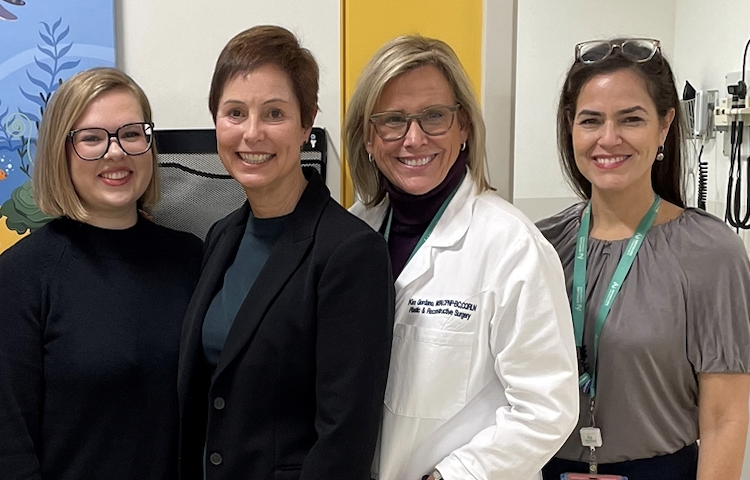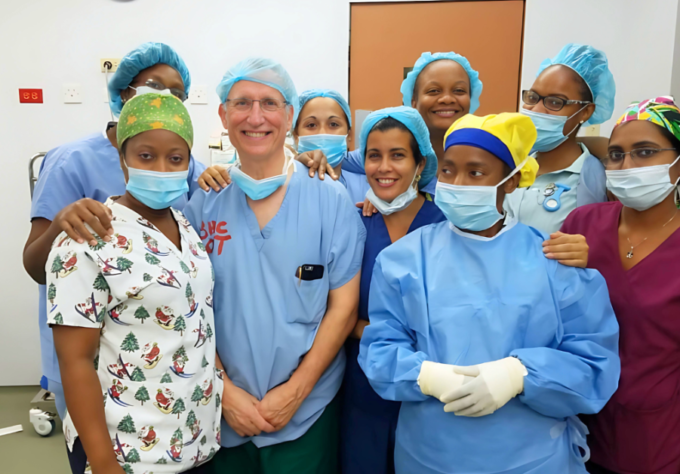You may have seen in the news recently—in stories airing on NBC, and published in The Philadelphia Inquirer[PA1] and USA Today—, the extraordinary study conducted by researchers at Nemours Children’s Hospital, Delaware. The study revealed that at least 10 babies have what doctors believe to be a new syndrome related to exposure to fentanyl in the womb. Erin Wadman, LCGC, Karen Gripp, MD, and Erica Fernandes, DO, along with their colleagues, published their findings in Genetics in Medicine Open.
Get to know the women behind this groundbreaking research here:
What inspired you to pursue this research study?
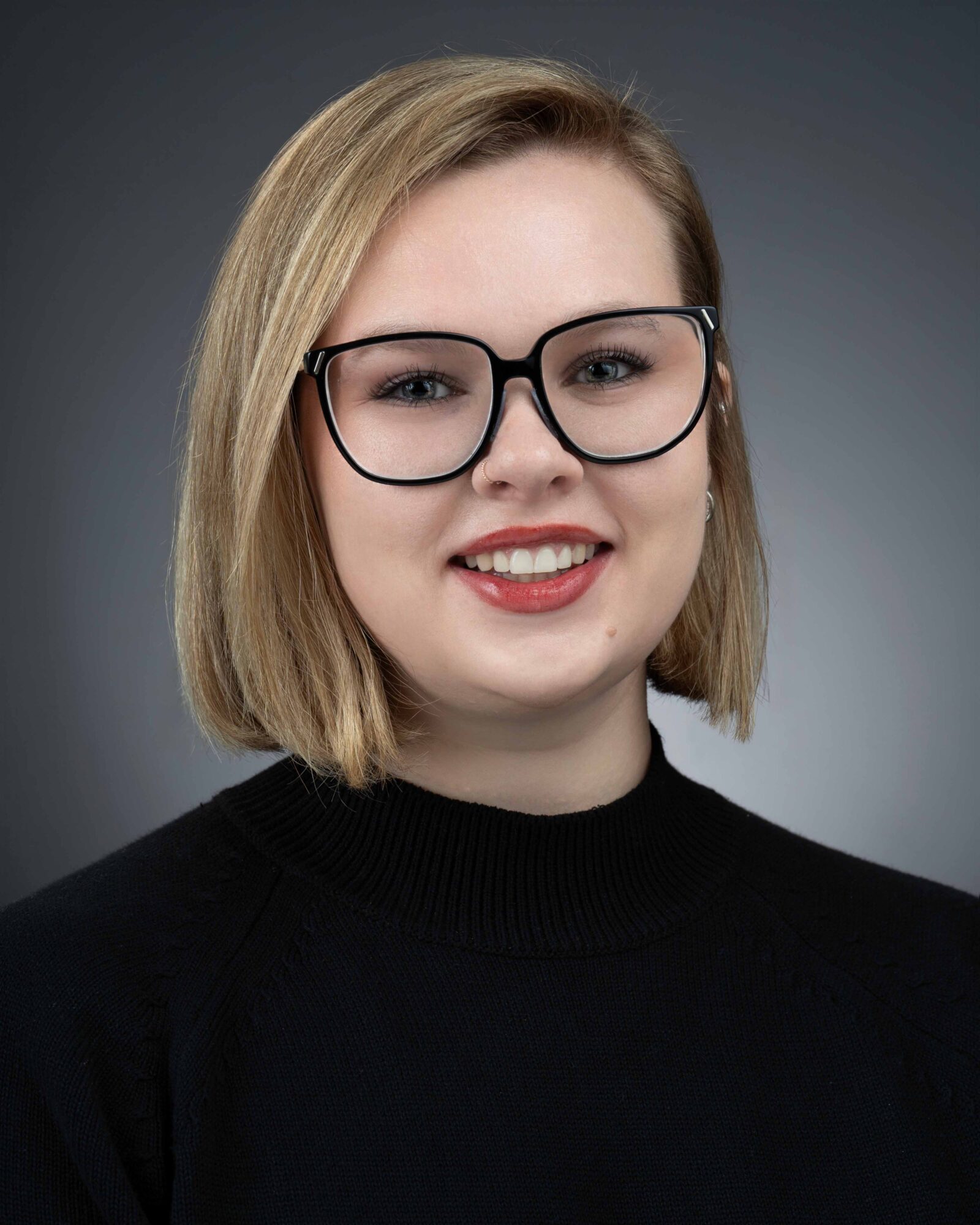
Wadman: The opportunity presented itself to me from working in outpatient genetics and the Cleft and Craniofacial clinic. I was noticing a pattern of patients who had similar physical differences but who also had no genetic diagnosis on genetic testing. All these patients had significant exposures to fentanyl during the pregnancy. From there, we knew we were on to something big.
Fernandes: I feel that this research study found us. When we realized that pattern of features we were seeing in our patients, and then when we found another and then another, we knew we had stumbled onto something huge. There was never even a question about should we or shouldn’t we. I have a particular interest in disorders that cause clefting (i.e. cleft lip and/or cleft palate), so the fact that most of these children were coming through the Cleft clinic piqued my interest even more.
Gripp: We noticed multiple patients with similar facial features and physical differences without an identifiable genetic cause. These patients shared significant prenatal drug exposures including fentanyl. This association had not previously been identified, but it appears very important considering the ongoing fentanyl use epidemic.
What is the most important takeaway that you want people to understand about this study?
Wadman: We want to bring awareness to this novel syndrome and the potential effects illicit fentanyl use has during the pregnancy, creating clarity and answers for patients and their families. Hopefully this can also shine a light on the larger opioid epidemic and spur on resources to help those with addiction seek assistance and treatment.
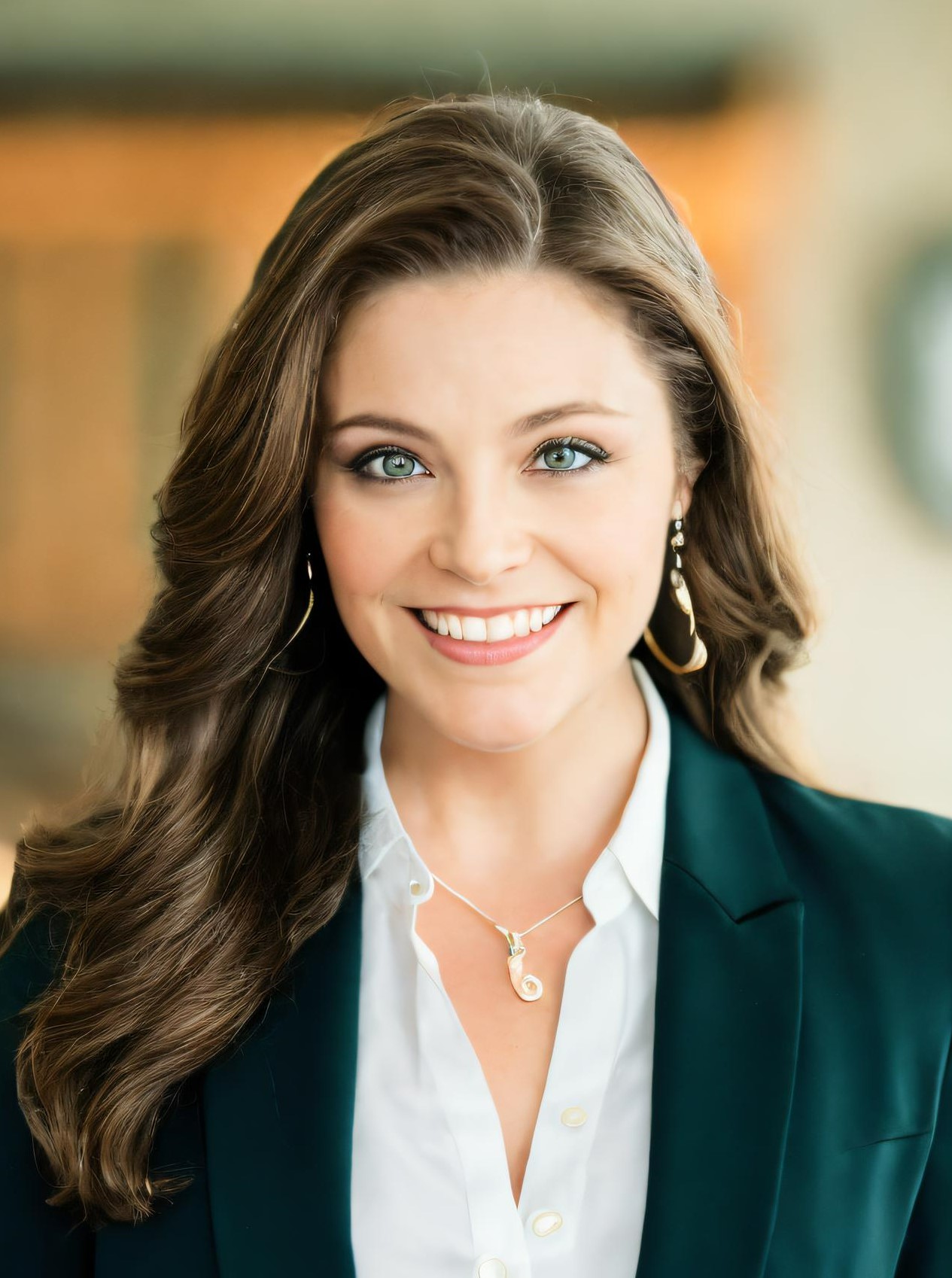
Fernandes: We want people to understand that the Fentanyl epidemic has reached a completely new level. We’ve known that babies born addicted to Fentanyl suffer from NAS (neonatal abstinence syndrome), which can be absolutely miserable and causes the babies to be so irritable and jittery, but now to know that the prenatal exposure to Fentanyl can causes severe congenital malformations is shifting our perspective. With how severe the Fentanyl epidemic is, and continues to be, the features of Fetal Fentanyl syndrome are going to be recognizable by clinicians, much like Fetal Alcohol Syndrome (FAS) is.
Gripp: There can be a recognizable pattern of malformations and facial features in infants born after pregnancies with significant drug exposure including fentanyl.
What attracted you to pursue a career in healthcare?
Wadman: I knew from an early age I wanted to work with the public as a career. I found the genetic counseling profession as a nice balance between psychology and biology, two interests I had in college. As a genetic counselor working in pediatric clinical genetics, I am motivated to “put the pieces of the puzzle together” to help patients and their families solve diagnostic odysseys. Through genetic counseling and testing, families can have access to meaningful information that may allow them to make decisions for either their personal or family’s healthcare management as well as connect them with resources, rare disease communities and potential treatments.
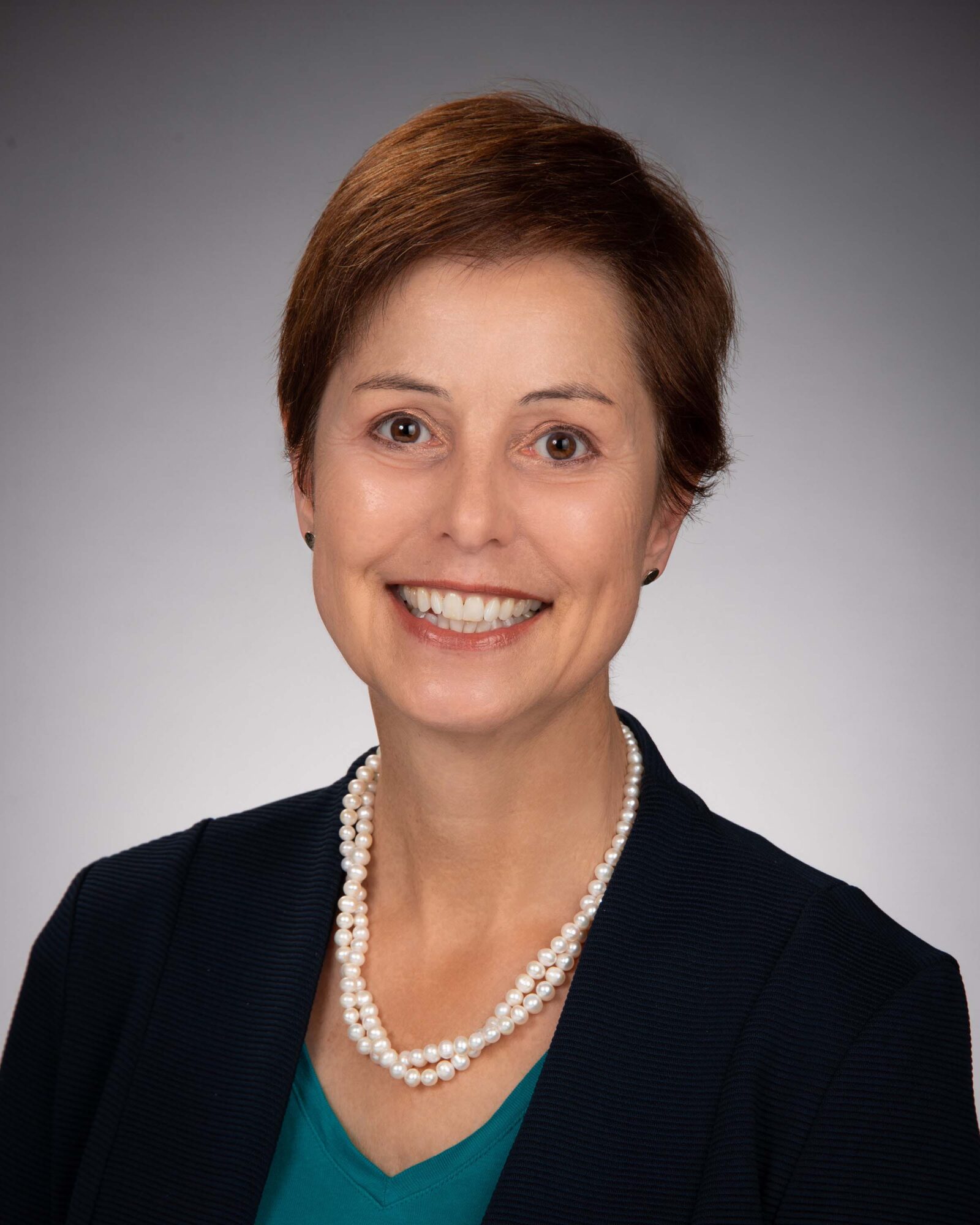
Fernandes: My mom decided to pursue a career in nursing when I was little. Since she had two young daughters, she would often be studying and reading out her textbooks out loud, which was fascinating to me. I’m pretty sure I was set on being a doctor after that! In all honesty it was something that I wanted to pursue since as long as I can remember. I briefly wanted to be a “pretty ballerina” in Kindergarten but that was apparently short lived.
Gripp: My hope was to improve the lives of children with medical conditions, in particular rare or genetic conditions that were poorly understood in the past. It has been very rewarding to see how much we have learned about medical genetics over the course of my career!
How long have you been at Nemours?
Wadman: 5 years.
Fernandes: 5 years. I finished my Fellowship in Genetics in July and was eager to start at Nemours.
Gripp: 22 years.
What inspires to come to work every day?
Wadman: Working with patients, their families, my coworkers, as well as the potential to learn something new!
Fernandes: I am inspired to come to work every day to help families navigate their child’s genetic condition and to help answer the questions about what is causing their child’s developmental and physical differences. Genetics evaluations and genetic testing is a difficult and highly complex journey for most families. Being able to give them some answers and for some, to solve a year’s-long journey of seeking answers. I’m also inspired by my amazing colleagues. We love coming together and working as a team to help these families and we get excited together to figure out the diagnoses. I’m also here for all the baby giggles and smiles.
Gripp: The dedication and enthusiasm that the entire medical genetics team shows every day to support our patients and their families.
